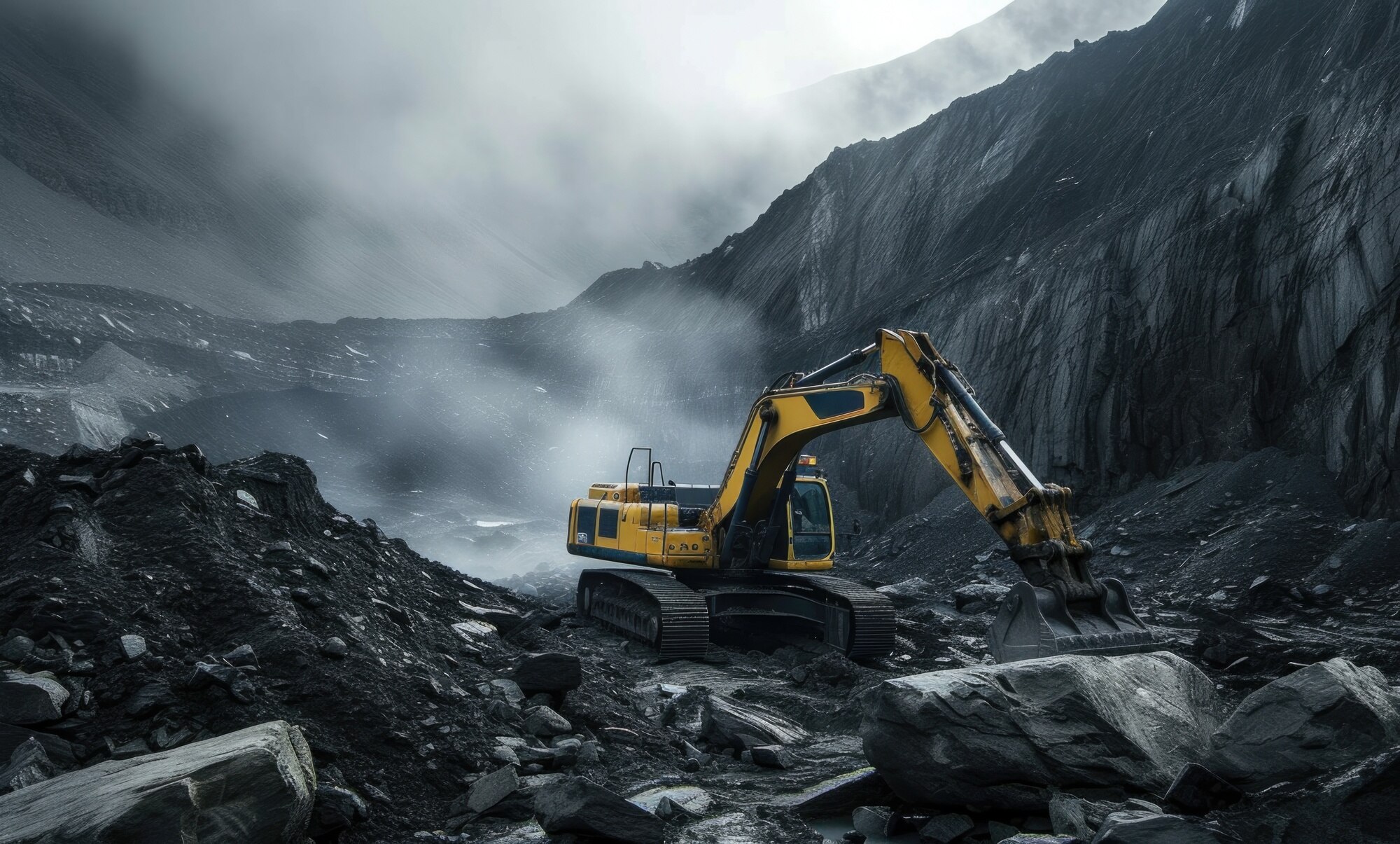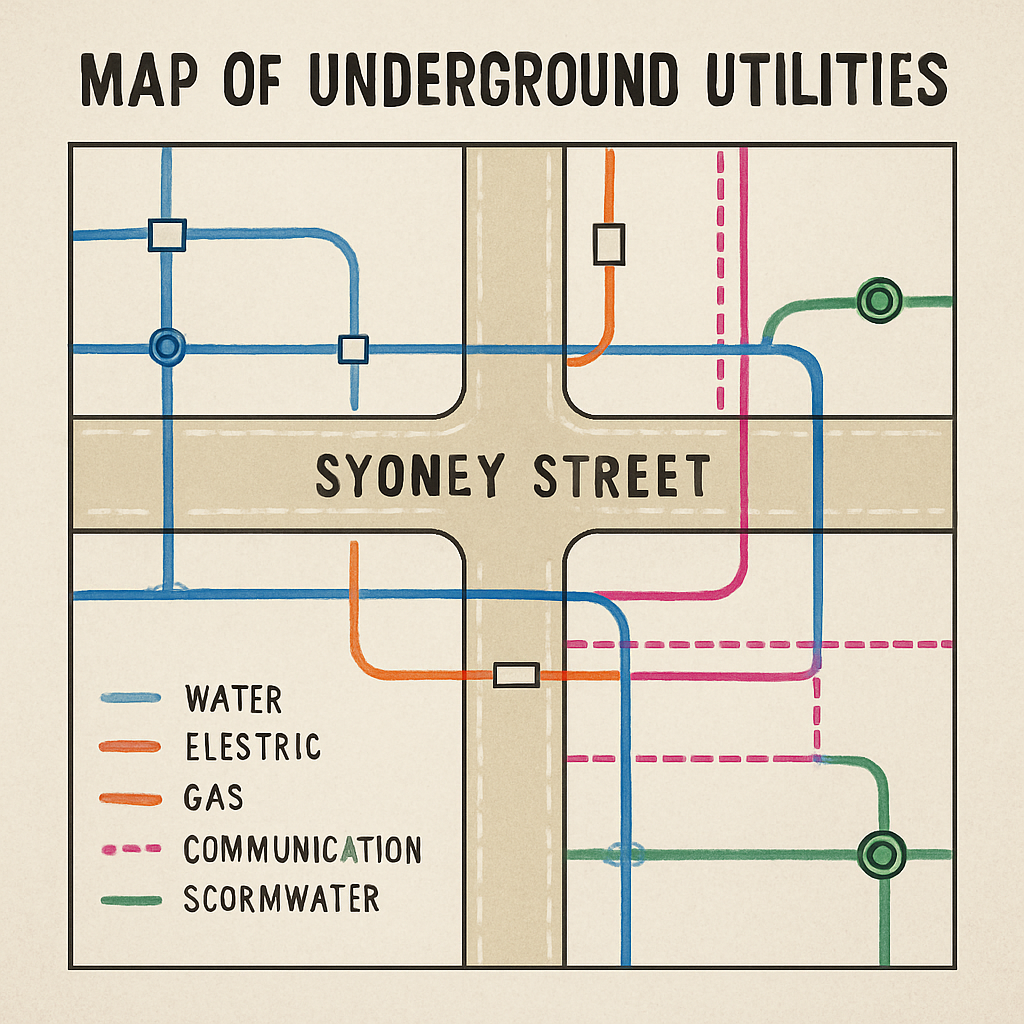Earthworks are a fundamental part of construction and landscaping.
They involve the moving and processing of soil and rock to reshape the land.
From the creation of canals and highways to the foundations of buildings, earthworks are everywhere.
But what exactly are earthworks? What are some examples of earthworks in practice?
In this article, we delve into the world of earthworks. We explore various examples, from the common to the complex.
We also discuss the specifics of earthworks in Queensland and the concept of bulk earthworks.
Whether you’re a civil engineer, a construction manager, or simply curious, this guide will provide a comprehensive understanding of earthworks.

Understanding Earthworks in Construction and Landscaping
Earthworks are a crucial aspect of construction and landscaping.
They involve the manipulation of the earth’s surface to achieve a specific design or function.
In construction, earthworks are used to prepare the ground for building.
This can involve leveling the land, digging foundations, or creating slopes for drainage.
In landscaping, earthworks can be used to create features such as hills, valleys, and terraces.
The Historical Evolution of Earthworks
Earthworks have been used by humans for thousands of years.
Ancient civilizations used earthworks for a variety of purposes, from defensive structures to religious monuments.
Over time, the techniques and tools used for earthworks have evolved, but the basic principles remain the same.
Key Earthworks Processes: Cut and Fill Explained
One of the most common earthworks processes is cut and fill.
This involves removing soil from one area (the cut) and using it to raise the level of another area (the fill).
This process is often used in road construction, where it helps to create a level surface for the road.
It’s also used in landscaping to create different levels and features in the landscape.
Understanding the cut and fill process is key to understanding how earthworks are carried out.
Types of Earthworks Examples
There are numerous examples of earthworks in various sectors.
From construction to agriculture, earthworks play a vital role in shaping our environment.
Here are some common examples:
- Canals for irrigation or navigation
- Levees and embankments for flood control
- Highways and roads
- Foundations for buildings and structures
- Ponds and dams for water storage or habitat creation
- Terracing for agriculture or landscaping
Earthworks in Road Construction
Road construction is a prime example of earthworks.
Highways, underpasses, and overpasses all require extensive earthworks.
The land must be leveled, and slopes must be created for drainage.
Cut and fill techniques are often used to create a level surface for the road.
Earthworks for Building Foundations
Building foundations also require earthworks.
The ground must be excavated to create a stable base for the building.
This often involves removing soil and rock, and may also involve soil stabilization techniques.
Environmental and Agricultural Earthworks
Earthworks are also used in environmental and agricultural projects.
For example, ponds and dams can be created for water storage or habitat creation.
In agriculture, terracing is a common earthwork technique used to create flat areas on slopes for planting.
Coastal Protection and Mining Operations
Coastal protection and mining operations also involve earthworks.
Seawalls and groynes are built to protect coastlines from erosion.
In mining, open pits and tailings dams are created through extensive earthworks.
Bulk Earthworks and Their Role in Land Development
Bulk earthworks are a crucial part of land development.
They involve the removal, moving, or adding of large quantities of soil or rock.
This is done to create a suitable base for construction.
Bulk earthworks can include site clearing, excavation, filling, and grading.
They are often required for large-scale projects such as housing developments, industrial sites, and infrastructure projects.
The Process of Site Clearing in Bulk Earthworks
Site clearing is the first step in bulk earthworks.
This involves removing vegetation, debris, and any existing structures from the site.
It prepares the land for the subsequent earthworks processes.
Soil Stabilization and Drainage Systems
Soil stabilization is another important aspect of earthworks.
It involves improving the soil’s physical properties to ensure it can support the intended load.
Drainage systems are also crucial in earthworks.
They prevent water from accumulating and causing instability or damage.
Proper drainage is especially important in areas with high rainfall or a high water table.
Earthworks Equipment and Safety Considerations
Earthworks require specialized equipment.
This includes excavators, bulldozers, and graders.
Safety is paramount in earthworks operations.
Workers must be trained to operate machinery safely.
Protective gear is also essential to prevent injuries.
Technological Advancements in Earthworks
Technology has greatly improved earthworks operations.
GPS and machine control systems allow for precise excavation and grading.
Drones are also used for site monitoring and progress tracking.
They provide real-time data, improving efficiency and safety.
These advancements have revolutionized the earthworks industry.
Earthworks in Queensland: Regulations and Case Studies
In Queensland, earthworks are governed by specific regulations.
These rules ensure environmental sustainability and safety.
Case studies from Queensland demonstrate the practical application of these regulations.
They also highlight the importance of adhering to local guidelines in earthworks projects.
Challenges and Solutions in Earthworks
Earthworks face various challenges, including different terrains and climates.
For instance, earthworks in wet regions require effective drainage systems.
Innovative solutions, such as soil stabilization techniques, are used to overcome these challenges.
These solutions ensure the successful completion of earthworks projects, regardless of the conditions.
The Future of Earthworks: Sustainable Practices and Innovations
The future of earthworks lies in sustainable practices and innovations.
These include the use of recycled materials and the integration of Building Information Modeling (BIM) in planning.
Technological advancements, such as GPS and machine control systems, are also shaping the future of earthworks.
These innovations enhance efficiency and precision in earthworks operations.
Sustainable practices in earthworks contribute to the creation of eco-friendly communities and climate-resilient infrastructure.
Conclusion: The Impact and Importance of Earthworks
Earthworks play a crucial role in shaping our built environment. They are integral to various sectors, from construction and agriculture to environmental management and urban planning.
Their impact extends beyond physical transformations. Earthworks contribute to economic development, environmental sustainability, and the creation of resilient communities. Understanding their importance and diverse applications is key to leveraging their potential in future projects.




